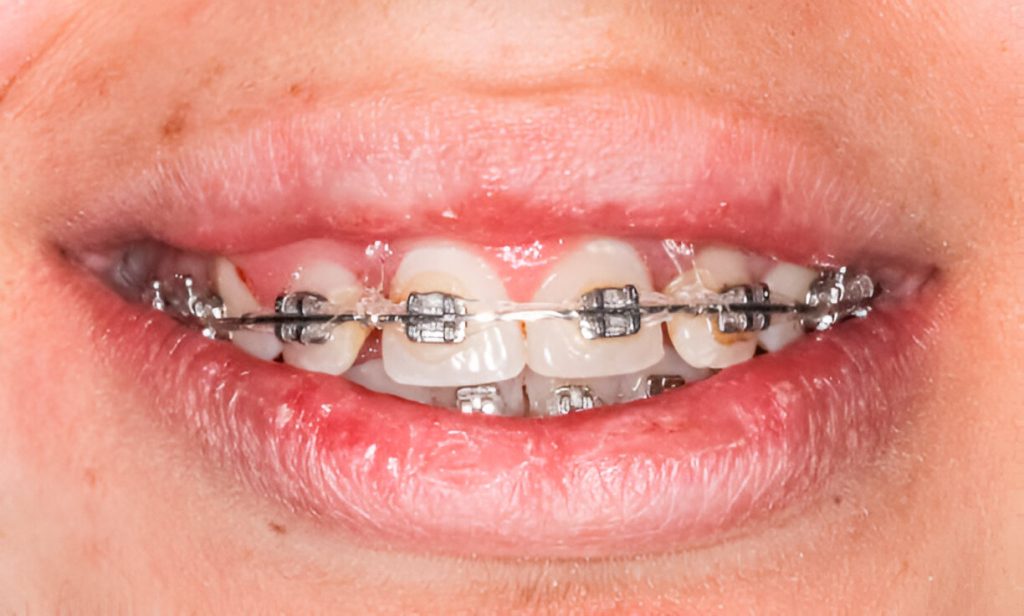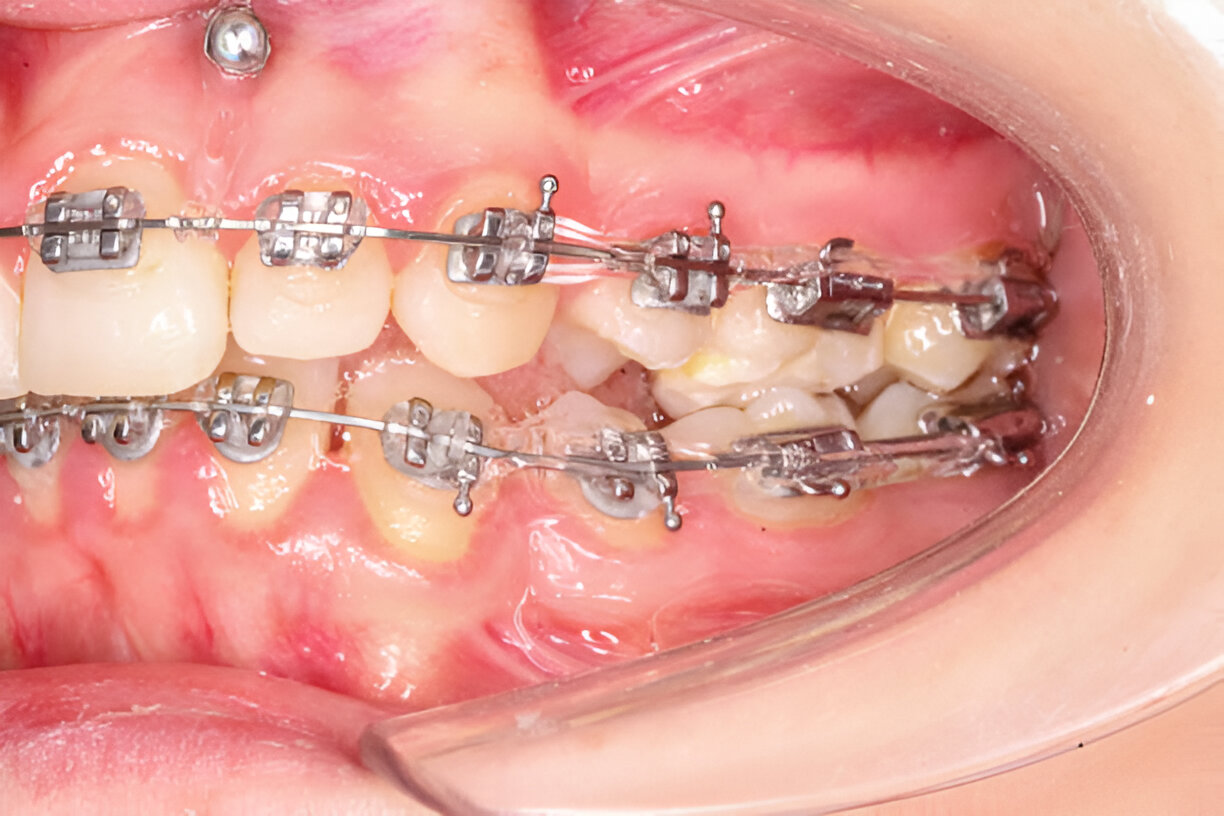Fixing Complex Bite Issues with Surgical Orthodontics
Braces are usually the common method of straightening teeth and fixing bite issues in many individuals. What should you do when perfect orthodontics is unable to correct bone misalignments? This is where the surgical orthodontics comes in, revolutionary methods that are used to surgically alter the jaw in conjunction with braces to produce life-altering changes.
The experienced team of specialists at Tisseront Orthodontics focuses on state-of-the-art treatments, including surgical orthodontics, to assist patients in both functional and aesthetic enhancements. Personalized care reflects the uniqueness of each patient and provides an appropriate solution in regard to their desires.
When Braces Are Not Enough
Even though braces can perform miracles in the majority of alignment difficulties, there are cases that require more extensive treatment.
Surgical orthodontics is required in the case of:
- Heavy overbites or underbites
- Sour jaw (jaw asymmetry/misalignment)
- Chronic pain, or difficulty chewing due to bite problems.
When traditional orthodontic treatment has not fixed these concerns completely, then surgery may be the next alternative.
How Surgical Orthodontics Works
It is a joint effort between an oral surgeon and an orthodontist.
What will happen is this:
- Pre-Surgical Braces – The arrangement of teeth is carried out in anticipation of the surgery.
- The Surgery – The jaw is also rebuilt and placed in an optimal position to perform the best and also look the best
- Post-Surgical Adjustments – Long-term results are provided by fine-tuning using braces.
Several months to years may be needed to complete the entire process, and the result is usually life-changing.

Benefits Beyond a Straighter Smile
Surgical orthodontics does not just improve aesthetics—it enhances overall quality of life.
Patients often experience:
- Better chewing and speech function
- Relief from jaw pain and headaches
- Increased confidence with a balanced facial profile.
Recovery and Aftercare
The process of healing after jaw surgery is a long process, and achieving successful healing is through adherence to post-op guidelines.
The most important tips on its recovery are:
- Remaining on a soft-food diet at first
- Ice is used to subside the swelling and prescribed medications
- Managing all follow-up visits to monitor.
Within several weeks, most patients can resume normal activities, and complete healing is evident in full results.
Is Surgical Orthodontics Right for You?
When you have experienced problems with bites that braces could not resolve, the next measure would be consulting an expert. Their team cautiously evaluates every case and helps to understand whether any surgical intervention is required at Tisseront Orthodontics.
Final Thoughts
Complex dental and jaw misalignment difficulties can be addressed using surgical orthodontics as an all-powerful solution. On the one hand, it is a much more complex procedure compared to conventional braces, but on the other hand, its advantages initially include gaining better functioning, comfort, and confidence, which is well worth considering for those who require it.
When your orthodontic issues seem to be more than braces can effectively repair, you may want to discuss surgical solutions with your experienced specialist. Your dream smile—and a healthier bite—could be closer than you think!


Leave a Reply